1. Introduction to Modular Steel Chicken House
The Modular Steel Chicken House is a modern, innovative solution designed to meet the evolving needs of poultry farming. Utilizing prefabricated steel components assembled in a modular fashion, this type of chicken house offers unmatched flexibility, durability, and efficiency.
Unlike traditional chicken coops made from wood or brick, modular steel chicken houses leverage high-quality galvanized steel structures combined with insulated panels, ensuring superior protection against harsh weather, pests, and fire. Their modular design allows for quick assembly, easy expansion, and hassle-free relocation, making them ideal for various poultry farming scales—from small backyard setups to large commercial operations.
As the poultry industry grows and modernizes, modular steel chicken houses provide farmers with a future-proof infrastructure solution that optimizes space, enhances bird welfare, and streamlines farm management.
2. Technical Specifications and Parameters
The specifications of a modular steel chicken house vary according to design requirements, climate, and poultry type. Below are typical technical parameters:
2.1 Structural Materials
Frame Material: Hot-dip galvanized steel or stainless steel with corrosion-resistant coatings
Steel Grade: Commonly Q235 or Q345 steel
Frame Thickness: 1.5 mm to 3 mm
Wall Panels: Insulated sandwich panels with polyurethane, EPS, or rock wool core for thermal insulation
Roof Panels: Insulated or corrugated galvanized steel sheets with protective coatings
2.2 Dimensions
Length: Customizable, typically 10m to 60m per module
Width: 6m to 15m
Height: Eave height 3m to 5m, ridge height 4m to 6m
Modularity: Modules can be connected to create larger complexes
2.3 Environmental Systems
Ventilation: Ridge vents, sidewall vents, mechanical fans, or evaporative cooling pads
Insulation: High-performance panels minimize heat loss/gain
Lighting: Natural daylight panels or energy-efficient LED lighting
Doors/Windows: Sliding or hinged doors, mesh windows for airflow and biosecurity
2.4 Load and Durability
Wind Load Capacity: Up to 120 km/h or customized per region
Snow Load Capacity: Typically 0.5 kN/m², adjustable based on weather
Fire Resistance: Steel frame and fire-retardant panels enhance safety
Corrosion Protection: Galvanization and paint coatings extend lifespan
3. Features of Modular Steel Chicken House
3.1 Rapid On-Site Assembly
Prefabricated modular components allow for quick and efficient construction with minimal onsite labor.
3.2 Scalability and Flexibility
Modules can be easily connected or disconnected, enabling farm expansions or reconfigurations with ease.
3.3 Superior Thermal and Environmental Control
Insulated panels combined with effective ventilation systems create an optimal microclimate for poultry.
3.4 Enhanced Structural Strength and Safety
Galvanized steel frames provide excellent load-bearing capacity and resistance to natural elements.
3.5 Low Maintenance and Long Lifespan
Steel construction resists pests, rot, and fire, reducing repair costs and extending usable life.
3.6 Biosecurity-Friendly Design
Smooth surfaces and modular layouts facilitate cleaning and disinfection to reduce disease risks.
4. Advantages of Modular Steel Chicken House
4.1 Faster Construction Saves Time and Money
Compared to traditional building methods, modular steel houses can be assembled in a fraction of the time, accelerating project timelines and lowering labor costs.
4.2 Customizable Designs Tailored to Farming Needs
Farmers can select module sizes, panel types, and accessories to match their specific poultry type and climate.
4.3 Improved Animal Welfare
Controlled environments with adequate ventilation and insulation reduce stress and disease among birds, boosting productivity.
4.4 Sustainable and Environmentally Friendly
Steel is recyclable, and insulated panels reduce energy consumption, contributing to eco-friendly farming.
4.5 Ease of Relocation and Expansion
Modular design makes moving the chicken houses or expanding the farm simple without major demolition.
4.6 Resistant to Environmental Challenges
Steel structures withstand wind, rain, snow, fire, and pests better than wooden or brick alternatives.
5. Applications of Modular Steel Chicken House
5.1 Commercial Broiler Production
Rapid construction and scalable design suit fast-growing broiler farming operations requiring controlled environments.
5.2 Layer Hen Facilities
Designed with sufficient space, light, and ventilation to optimize egg production and bird health.
5.3 Breeder and Hatchery Farms
Customization allows specific internal layouts for breeding, incubation, and brooding stages.
5.4 Organic and Free-Range Farms
Modular houses provide sheltered environments that integrate well with outdoor access areas.
5.5 Smallholder and Backyard Farming
Compact modules offer affordable, durable housing solutions for small poultry keepers.
5.6 Research and Educational Facilities
Modular design enables flexible layouts suitable for experimental or demonstration poultry projects.
6. Installation and Usage Instructions
6.1 Pre-Construction Planning
Conduct site assessment for soil stability, drainage, and accessibility
Prepare foundations (concrete slab or footings) according to engineering specs
Plan utility connections (water, electricity, waste management)
6.2 On-Site Assembly Process
Unpack and inspect modular components
Assemble the steel frame using bolted or welded joints
Install wall and roof insulated panels
Fit doors, windows, ventilation, and other fixtures
Connect environmental control and automation systems
6.3 Environmental and Operational Setup
Test ventilation and climate control equipment for proper function
Calibrate lighting and feeding systems
Set stocking densities as per welfare standards
Implement biosecurity protocols including cleaning and disinfection
6.4 Maintenance Practices
Schedule regular inspections of steel components for corrosion or damage
Clean panels and floors regularly to maintain hygiene
Service mechanical and electrical systems periodically
Monitor bird health and adjust environmental parameters as needed
7. Maintenance and Durability
7.1 Corrosion Prevention
7.2 Cleaning
7.3 Structural Checks
7.4 Environmental Equipment Maintenance
Service fans, vents, and climate control units regularly
Replace filters and sensors as recommended by manufacturers
8. Frequently Asked Questions (FAQs)
Q1: How fast can a modular steel chicken house be built?
Assembly can take as little as 1-3 weeks depending on size and site conditions.
Q2: Can I expand my poultry house later?
Yes, additional modules can be connected easily for scalable growth.
Q3: Are modular steel chicken houses suitable for cold climates?
Yes, insulated panels and ventilation systems maintain optimal indoor temperatures.
Q4: How long does a modular steel chicken house last?
With proper maintenance, lifespan exceeds 20 years.
Q5: Is it easy to clean and disinfect?
Yes, smooth steel surfaces and modular designs facilitate thorough cleaning.
Q6: Can I customize the design?
Absolutely. Modules, panels, doors, and systems can all be tailored to your needs.
Q7: How do these houses improve bird welfare?
Better ventilation, lighting, and temperature control reduce stress and disease.
Q8: Are these structures pest-resistant?
Steel frames resist termites, rodents, and other common pests better than wood.
9. Conclusion
The Modular Steel Chicken House offers poultry farmers a flexible, durable, and efficient housing solution that meets modern farming demands. Its rapid assembly, scalability, and superior environmental controls help optimize bird health and farm productivity while reducing operational costs and risks.
Whether you operate a small family farm or a large commercial poultry operation, investing in modular steel chicken housing ensures sustainable growth, improved biosecurity, and enhanced animal welfare. This innovative approach to poultry housing is the future of efficient and resilient poultry farming.
Company Profile
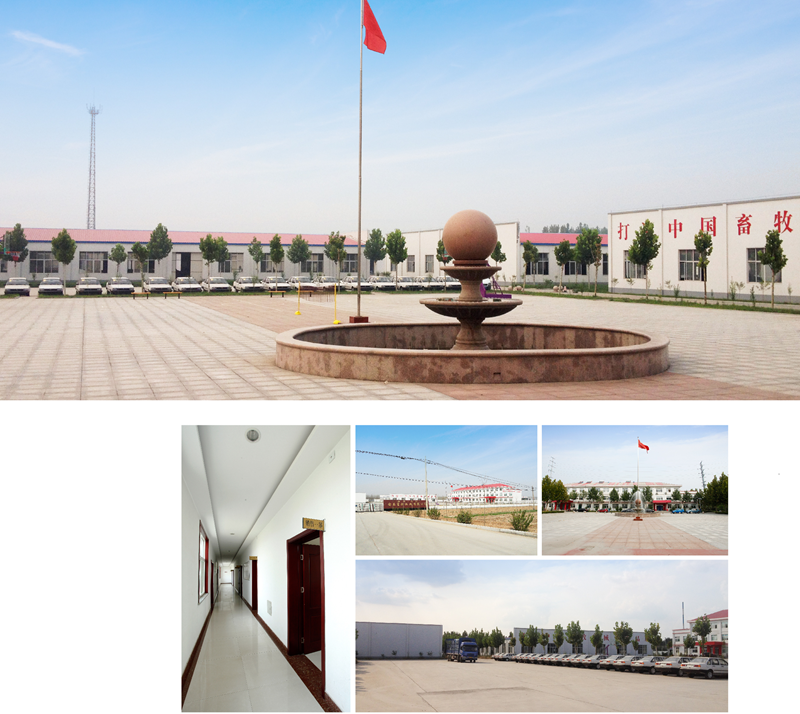
Shandong Huimin Qinle Livestock Machinery Co., Ltd. (formerly Shandong Huimin Qinle Livestock Machinery Factory) is a professional poultry equipment manufacturer with over 20 years of experience. We offer a comprehensive service package, from design (land and chicken coops), production (equipment and prefabricated steel coops), installation, commissioning, customer training, and after-sales service.
Located in Huimin County, Binzhou City, Shandong Province, China, the company has extensive experience in mechanical processing and manufacturing, as well as livestock machinery production and operation. With fixed assets of RMB 15 million, the company employs 160 people, including 30 R&D staff, and occupies a 40,000-square-meter factory. Equipped with over 110 pieces of advanced precision production equipment, including CNC machining centers and laser cutting machines, the company boasts a production capacity of RMB 50 million.
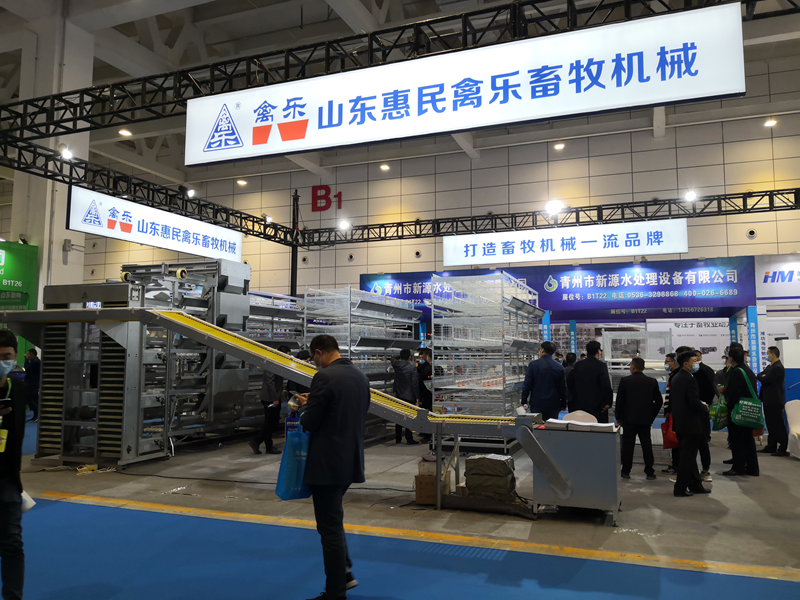


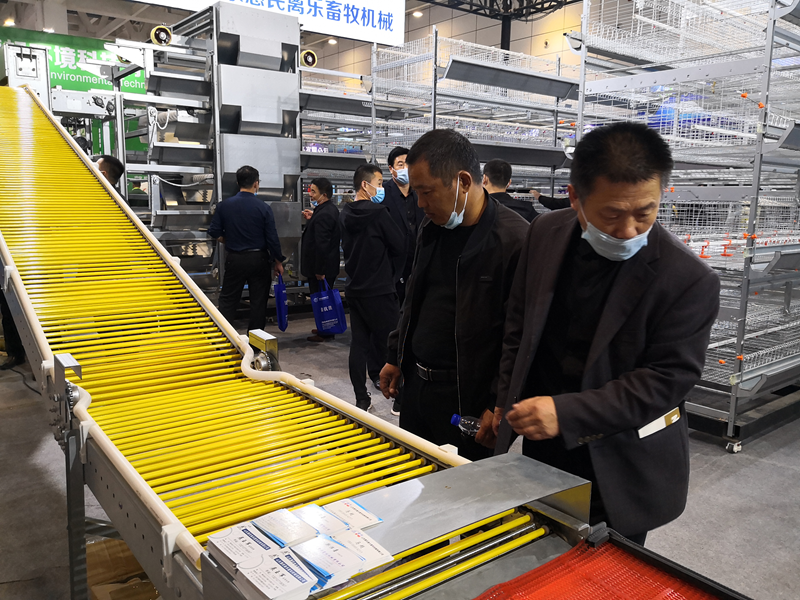
Chicken Farming Equipment Mesh Production Workshop

Machining Workshop

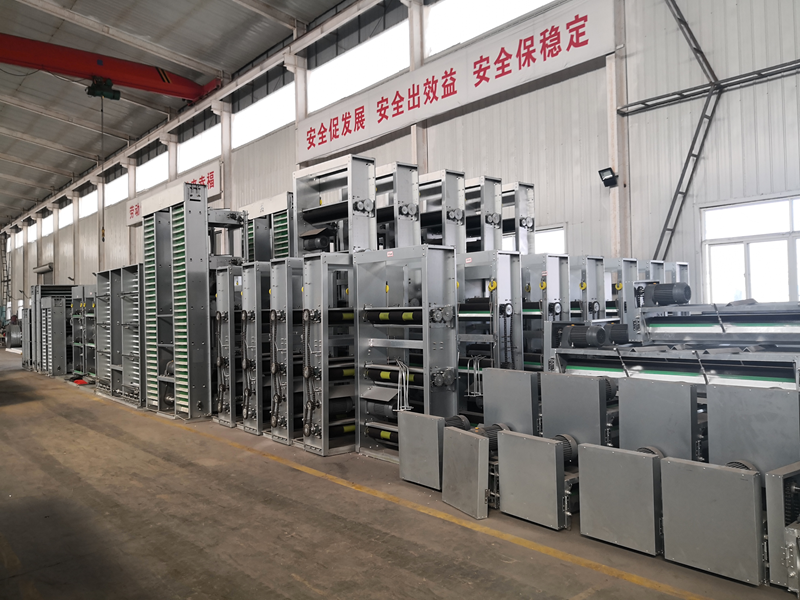
Turret-type CNC Punch Press, Laser Cutting and Other Machining Equipment



Fully Automated Roll Forming Production Line

Hot-dip Galvanizing Production Line

Electroplating Production Line

Environmental Protection Equipment

Chicken Farming Equipment Product Series
Egg-laying Hen Farming Equipment
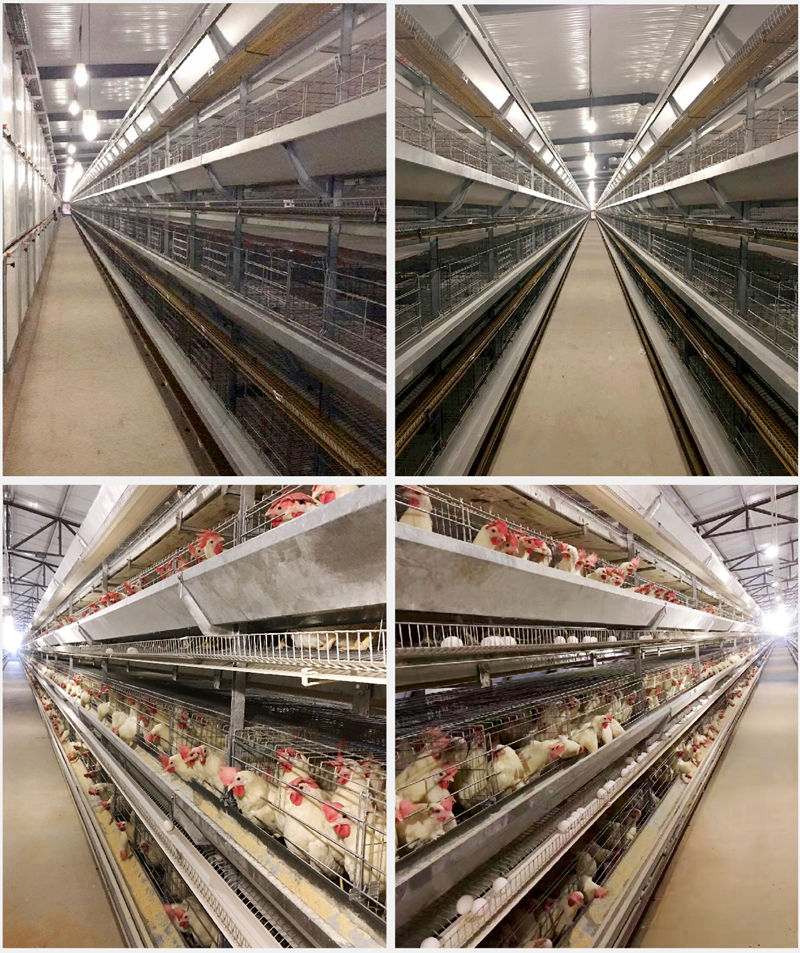
Stacked Brooding Cage Equipment

Stacked Broiler Cage Equipment
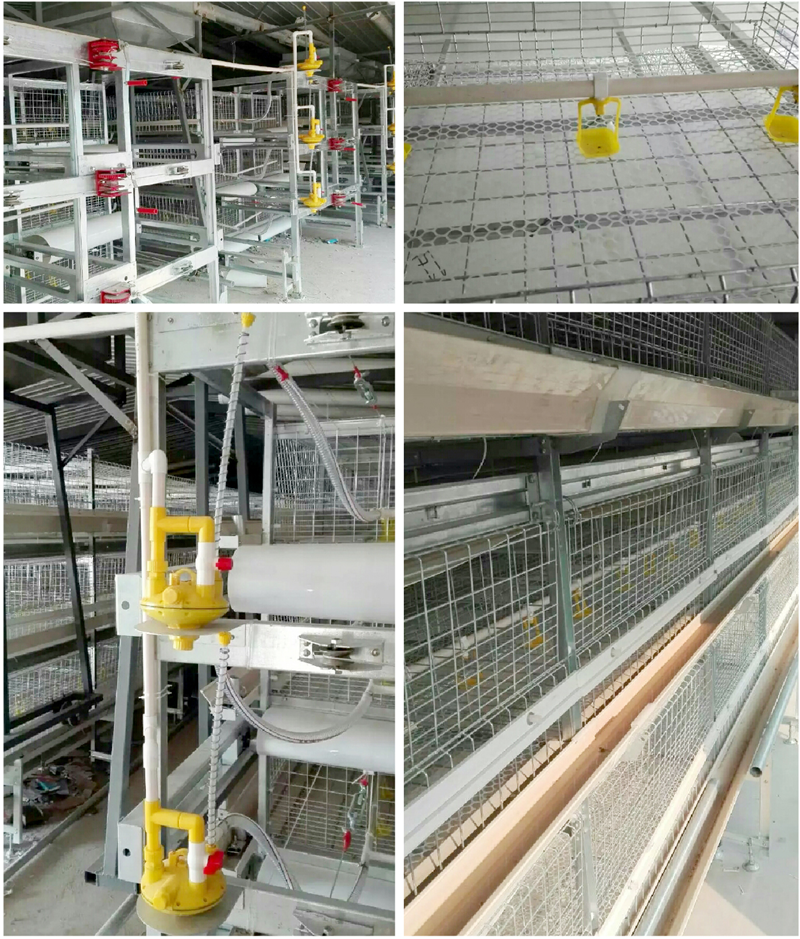
Stepped Layer Hen Cage Rearing Equipment
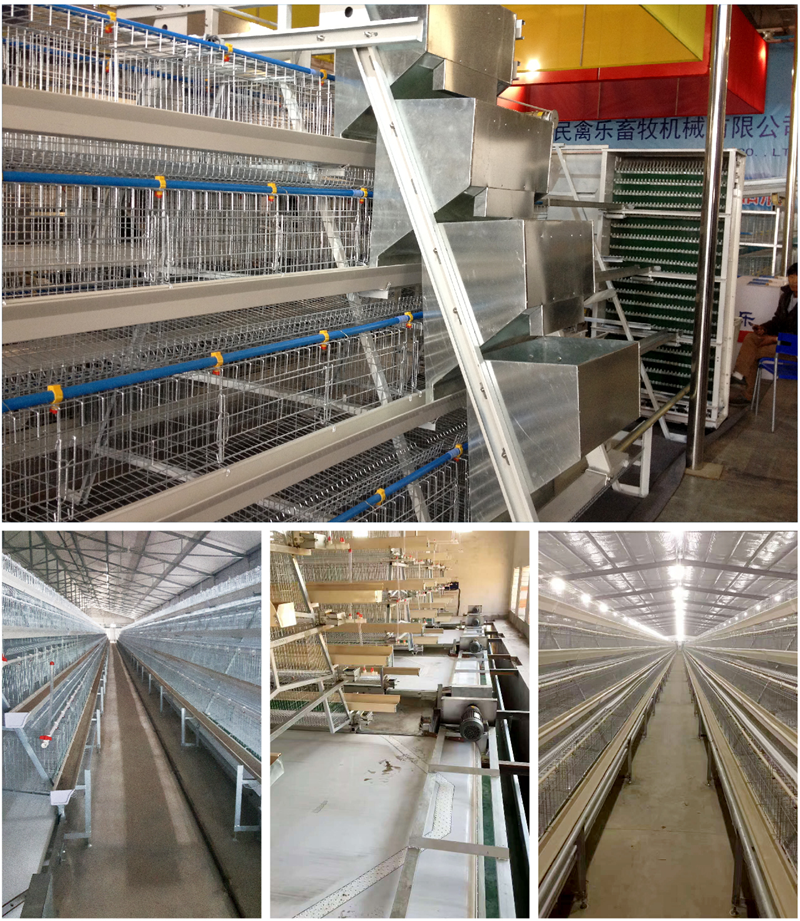
Automatic Egg Collection System

H-type Cage Feeding Machine
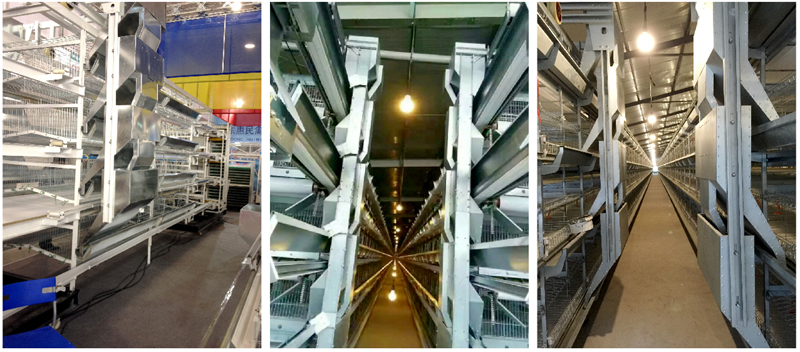
Stepped Cage Straddle Feeder
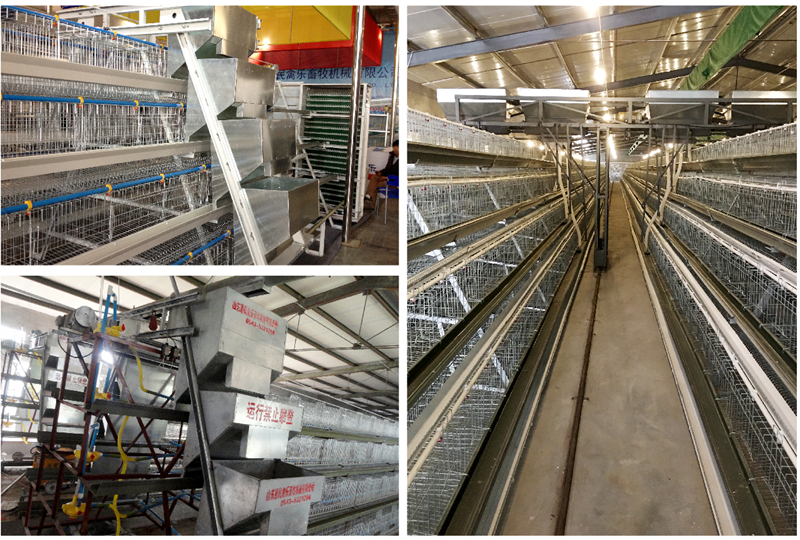
Manure Removal Machine

Fans, Heated Curtains, Environmental Control Systems, and Lighting Equipment
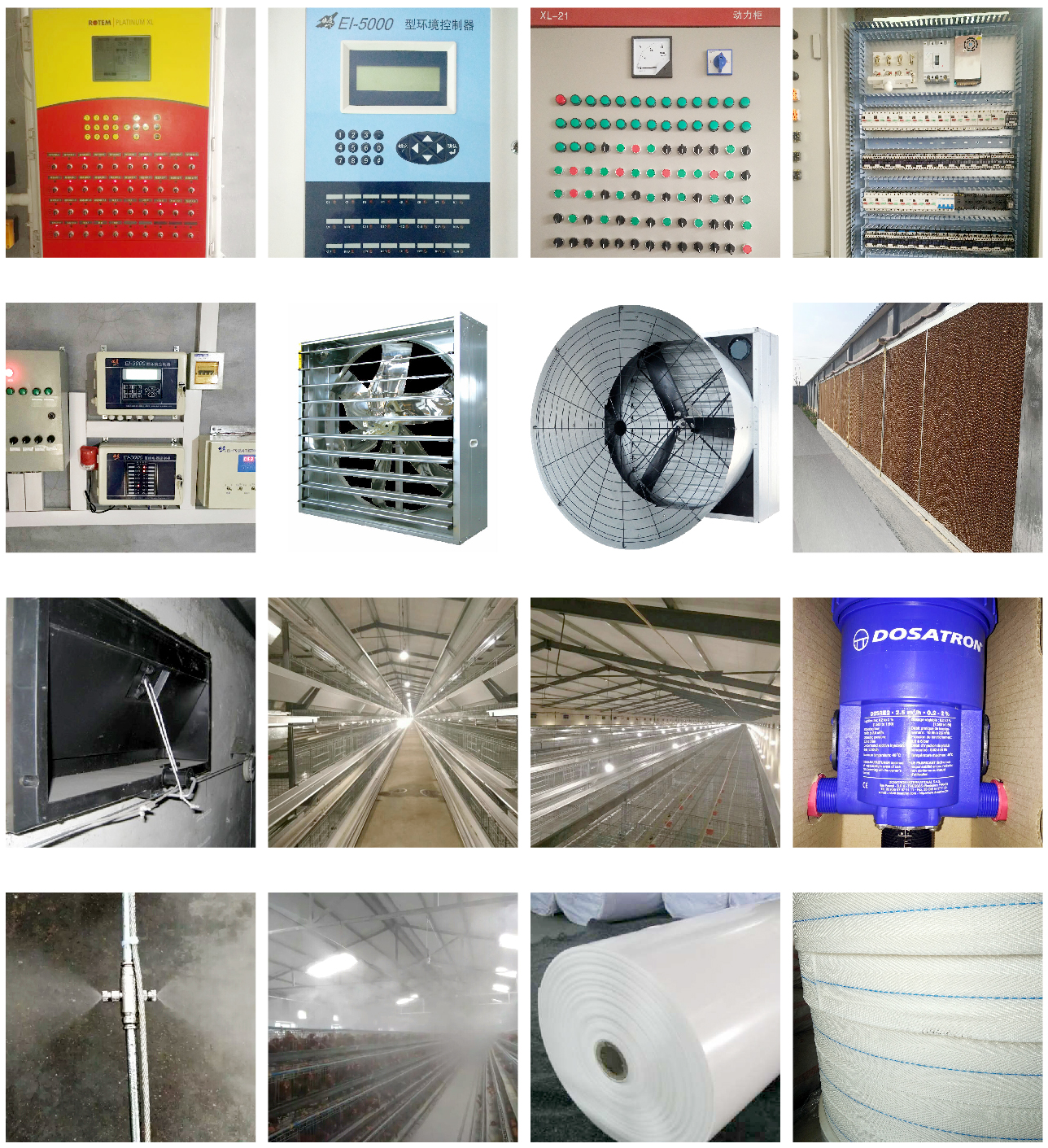
Complete Set of Equipment for Organic Fermentation Treatment of Manure


 Catalogue
Catalogue






























 ada apa
ada apa Telepon
Telepon